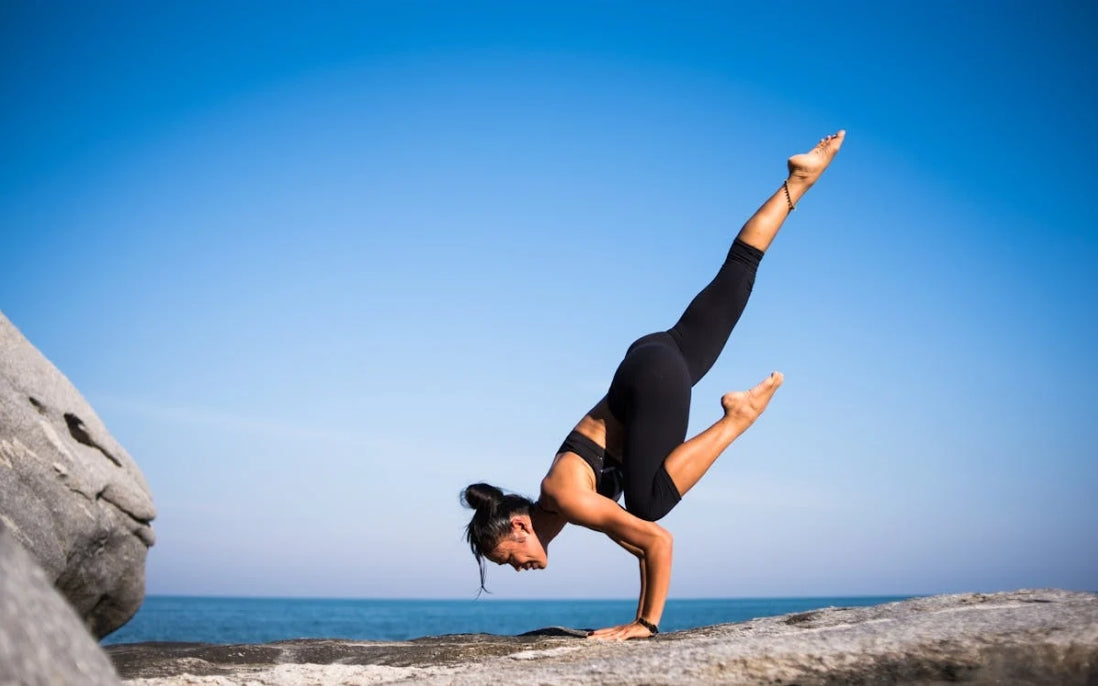Recently, I has organized some of the recent user questions and answers for you. Let's see if any of these questions hit your areas of doubt!
Q1
What exercises can target the upper part of the glutes
to achieve the goal of raising the hip line?
In fact, the 'glutes' we commonly refer to is the position of the gluteus maximus. Therefore, training aimed at 'perky glutes' generally focuses on the overall development of the gluteus maximus.
To achieve the goal of raising the hip line, you can start with exercises that target two areas: the gluteus medius and the upper part of the gluteus maximus. This can create a visual effect of a lifted hip line:
- Hip extension/hyperextension exercises, which focus on training the gluteus medius and the upper part of the gluteus maximus, such as kneeling leg kicks and reverse hyperextensions.
- Hip abduction exercises, which focus on training the gluteus medius, such as hip abductions and leg abduction machine exercises.
Q2
When training the chest with dumbbells,
how can I find the correct muscle engagement?
Whether it's bench presses or flyes, here are some aspects to improve and pay attention to:
- Keep the shoulder blades retracted. Even some trainers with a foundation in training may overlook this point. Only by keeping the shoulder blades as retracted as possible can you ensure the maximum stretch and contraction of the chest muscles.
- Go lower when performing the movement. When doing dumbbell bench presses, instead of doing the 'upper half' from the point where the upper arms are parallel to the ground to the point where the dumbbells touch, it's better to lower them to the lowest point and press them up to where the chest muscles are most contracted, keeping the chest muscles continuously tensed. Remember to keep the shoulder blades retracted throughout the movement.
- Pre-exhaustion. Since the chest muscles are larger and stronger than the deltoids and triceps, it's common for the shoulders and triceps to fatigue before the chest muscles are fully stimulated during bench presses. Before starting the formal training sets, do two sets of chest flyes or cable crossovers to 'pre-exhaust' the chest muscles, enhancing the chest muscle engagement during training.
Q3
During leg slimming training, my hips feel particularly tired,
is this because I'm performing the movement incorrectly?
The 'leg slimming training' program is designed to address 'compensatory thickening' of the legs. It focuses more on training the hips and abdomen, adjusting the lower body posture, improving muscle tension in the legs, and thereby achieving the goal of slimming the legs.
This program can meet the leg slimming needs of most people but not everyone, as there are individual differences between people. It can only provide the most universally applicable solution.
So, if your hips feel particularly tired, it means you're on the right track with your training!
Q4
When performing Russian twists, I often feel that I'm exerting more force on the right side than the left,
why is this?
Could it lead to the right side muscles being much larger than the left?
Many people may feel that one side of their body is exerting more force than the other during training exercises, which is quite normal. Many issues can lead to this situation, such as the dominant side's neural recruitment being stronger than the other, or there may be asymmetry in posture.
You shouldn't worry too much about one muscle being 'much larger' than the other. Start by reducing the intensity to find a balanced force on both sides and gradually increase the intensity.
Q5
Sometimes I'm too busy to find a long time for focused training,
is it okay to take breaks and practice in segments? Will the effectiveness be reduced?
Purely in terms of results, as long as the total daily calorie expenditure is greater than the intake, you can achieve the goal of fat loss; if intake is greater than expenditure, you can achieve the goal of weight gain.
However, in terms of efficiency, naturally, a few minutes of training won't be as stimulating as half an hour, especially when it comes to muscle building.
So, if you're pursuing the best training results and efficiency, concentrate your daily training within 30-60 minutes; if you're less concerned about efficiency, it's also fine to take breaks and practice in segments throughout the day.
Exercise is a process that requires continuous refinement and improvement. Doubts may be an inevitable part of the journey, but after resolving them, you will find a more suitable way to exercise for yourself.



